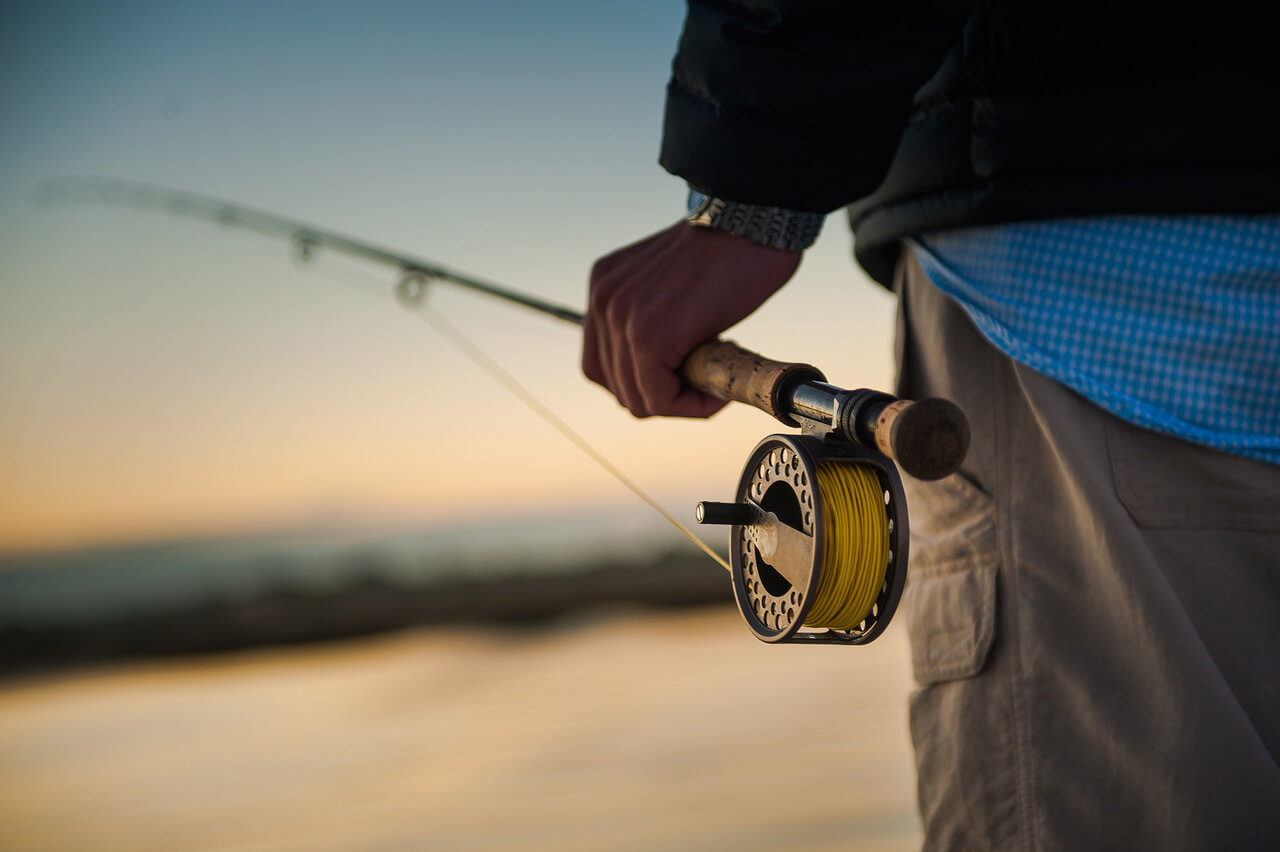Have you ever wondered how leading charter captains produce consistent catches on a daily basis in heavily fished waters? I asked a long-time friend of mine who chartered for years out of a center console, and I think you’ll find his answer of interest. By the way, his methods can be adapted to any segment of coastline and a wide variety of species.
Success centers on three primary approaches. You must constantly cover the maximum amount of water with your baits. They must be fished in a totally natural manner. And, baits must be kept in the productive zone or proper depth as long as possible. One way of doing this is to fish two or three baits from a kite or two kites. By using small weights in a corner of each kite, you can keep them spread so that they do not tangle in the air. For the starboard kite, the weight goes in the upper right hand corner and just the opposite for the port kite.
Assuming the seas are moderate, start by positioning upwind from the spot you want to fish. By working the engines between neutral and reverse, you can back into the wind when necessary to keep the boat at a predetermined depth. This allows the baits to hang directly below the kites and look natural. Currents will push the boat over new areas. While the kites are flying, this skipper streams a couple of flat lines 50 to 125 feet from the boat. Finally, he works two more lines, one at a depth of 50 feet and the second at a depth of 75 or 80 feet.
Rougher seas dictate the use of sea anchors and they also make sense when maintaining a specific depth is not paramount. A single sea anchor tied off midships will keep the boat broadside to the wind or current. One off the bow and a second off the stern is an even better setup. At times, this captain will drag a frozen block of chum in a mesh bag in front of one or two of the baits. All this is a lot of work, but you are covering close to 100 yards of water from a depth of 100 feet to the surface, and this approach can produce strikes when many anglers go fishless.
Weekenders often wonder why professional skippers succeed day after day, even with boats all around them. Some observers simply suggest that regulars know the spots.
That’s partially true, but there is much more to the total package. It takes continuous effort to tend all those rods, monitor conditions, and handle the boat all at the same time. You can certainly get by with less, but in the tradeoff, you can expect fewer fish.
Whether you decide to follow this method, modify this skipper’s approaches to your needs, or you decide you really don’t want to work that hard, you can’t overlook the obvious. Aggressive anglers catch more fish consistently, even when Lady Luck isn’t sitting on their shoulders.
